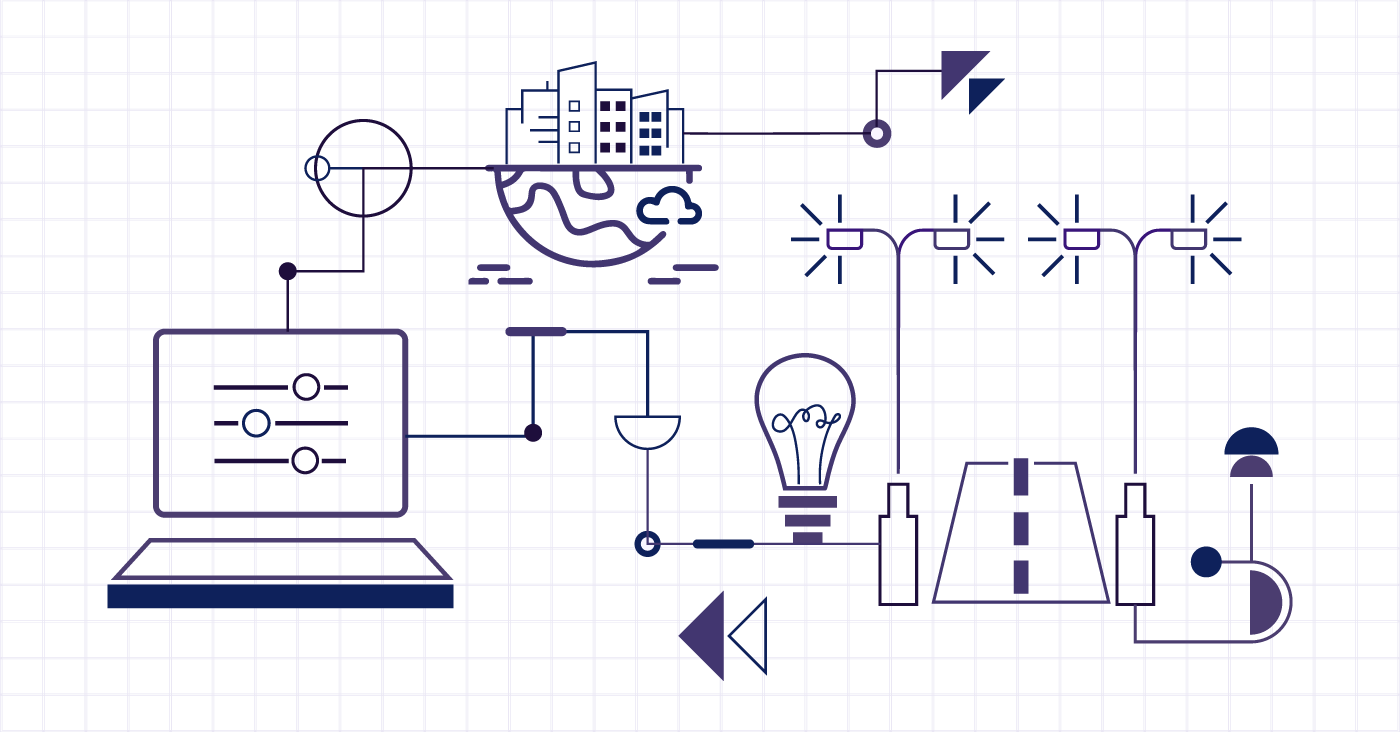HOW AI WORKS?
Artificial Intelligence is the next big thing in application development in the technological era that we are living. The use of artificial intelligence with augmented or virtual reality enriches an application with multidimensional ability. AI not only helps to build entertainment software but also smart and advanced enterprise applications. Creating an AI assistant implies the use of a specific software tool, which is identical to neurons in Central Nervous System (CNS). The system is also able to remember, and process previously received data for future analyzing and practicing.
AI-BASICS
AI’s central principle is to be able to make the decision independently. To do this, the whole process is done by inputting data and expected result in some cases. Developers build an artificial neural network for the system, which works with the same algorithms as the actual human brain uses while memorizing.
The program code of such artificial neural network is very complicated; building one is tough. There is some preset artificial neural network available for creating a different type of AI applications. Among them, Tensorflow, API.ai, Amazon AI Wit.ai, Clarifai and IBM Watson are the most popular ones.
CHOOSING THE APPROPRIATE API
- CoreiBytes uses Different API for different functionality. Based on the type and complexity of the work developers chose their needed one. Below are characteristics of some of the popular API.
- WIT.AI. is an application-programming interface. In this interface, the previously created training samples and one of the users’ personal experience are analyzing the input data. This interface has two primary mechanisms. The first one is the central object of the input data and the second one is the object part. For example, if the user request is “Where to find the car?” Here “the car “is the first part and “where to find” is the object part. An application like Siri can easily be made using this interface.
- IBM Watson. is world’s one of the first AI solution. This AI interface also translates voice data into text and then process searching in the internet search engines. The most incredible part of this interface is it implements a multi-tasking process where a number of algorithms are treated simultaneously.
- API.AI. Google’s developer’s team developed Api.ai. It works almost like Wit.ai. However, this interface works through an incredibly precise entity identification. Each synonym of a particular word being processed differently and often brings a different result. The massive knowledge base of this interface makes it one of the popular solution.
- AMAZON AI.Amazon Ai is able to recognize visual objects, human speech, and implement deep machine learning processes. A fully adapted to cloud deployment solution, which allows creating small applications.
- CLARIFAI. In AI field, this platform plays a completely new role. Calrifai analyzes the data comprises with capacitive and complicated algorithms. This allows the application created in this platform being fully adapt to an individual user’s personal experience. Calrifai is the best choice while creating an assistant based AI.
- TENSORFLOW. Developed by the Google developer’s project Tensorflow’s concept is based on the artificial neural network graphs generation. Later the graph is conditioned by the information with the basic knowledge and personal experience. Tensorflow’s library is hard to master and not recommended for primary users.
Based on the characteristics and demands an API used to build an AI application. Developers must understand the request for a specific application. So, the most critical question is what do you want from the application?
The range of tasks AI can do, is immense. Therefore, while developing an AI application, one must bind with the ethical part of it. It draws the most important update of the previous question. What should you want from the application?





